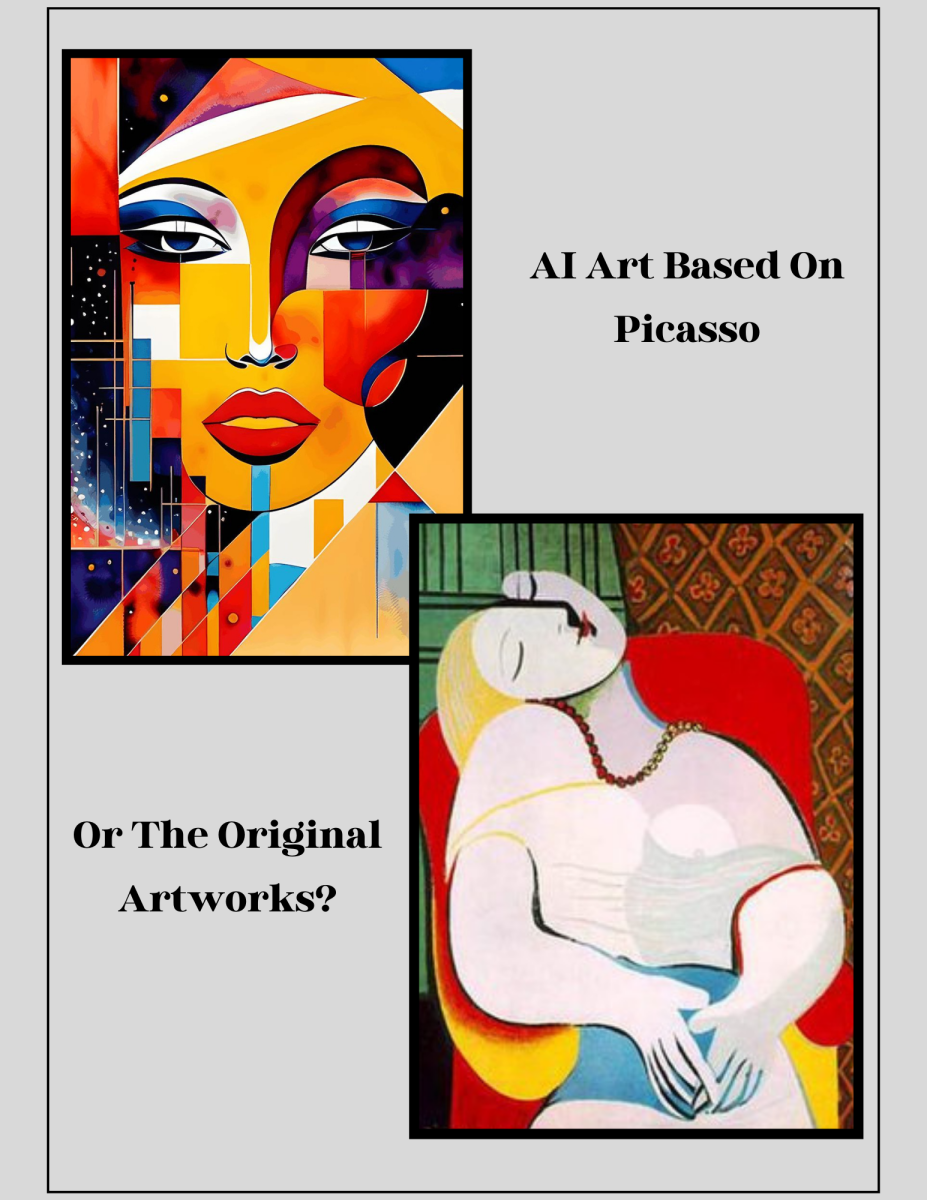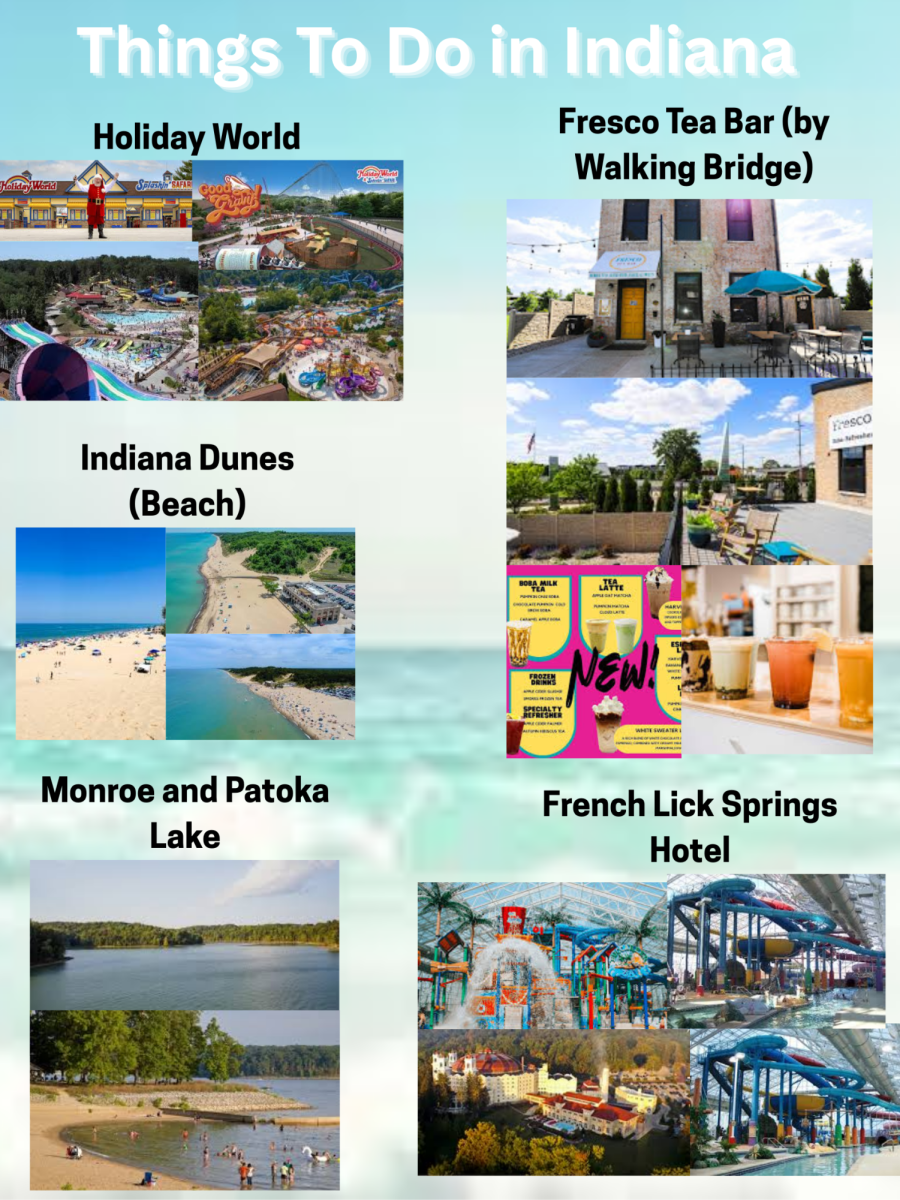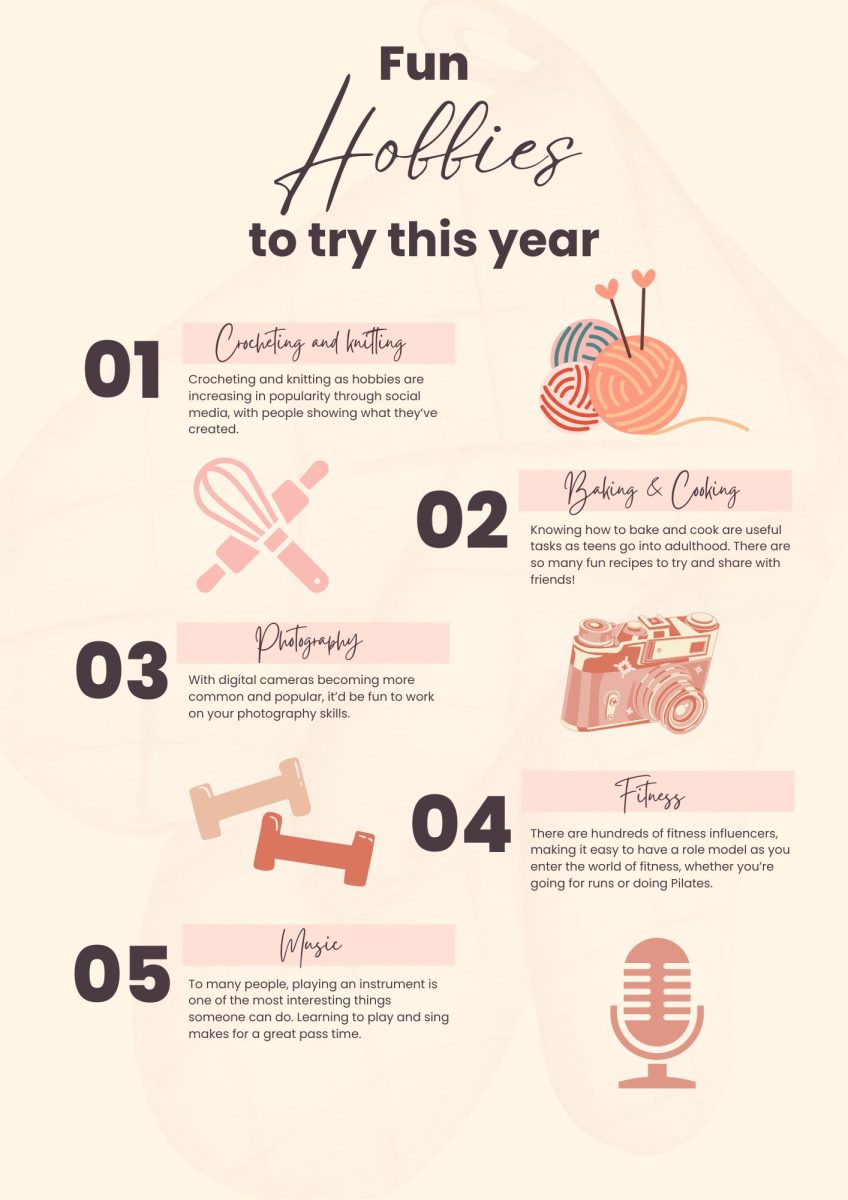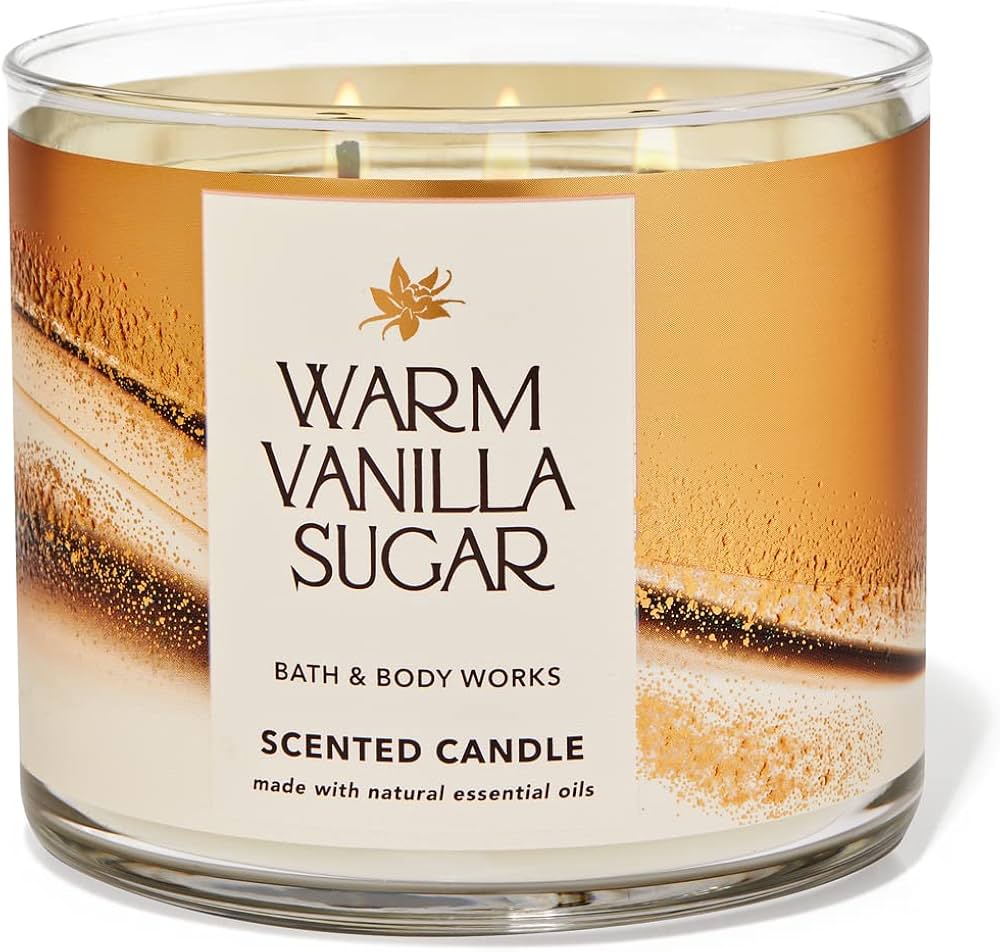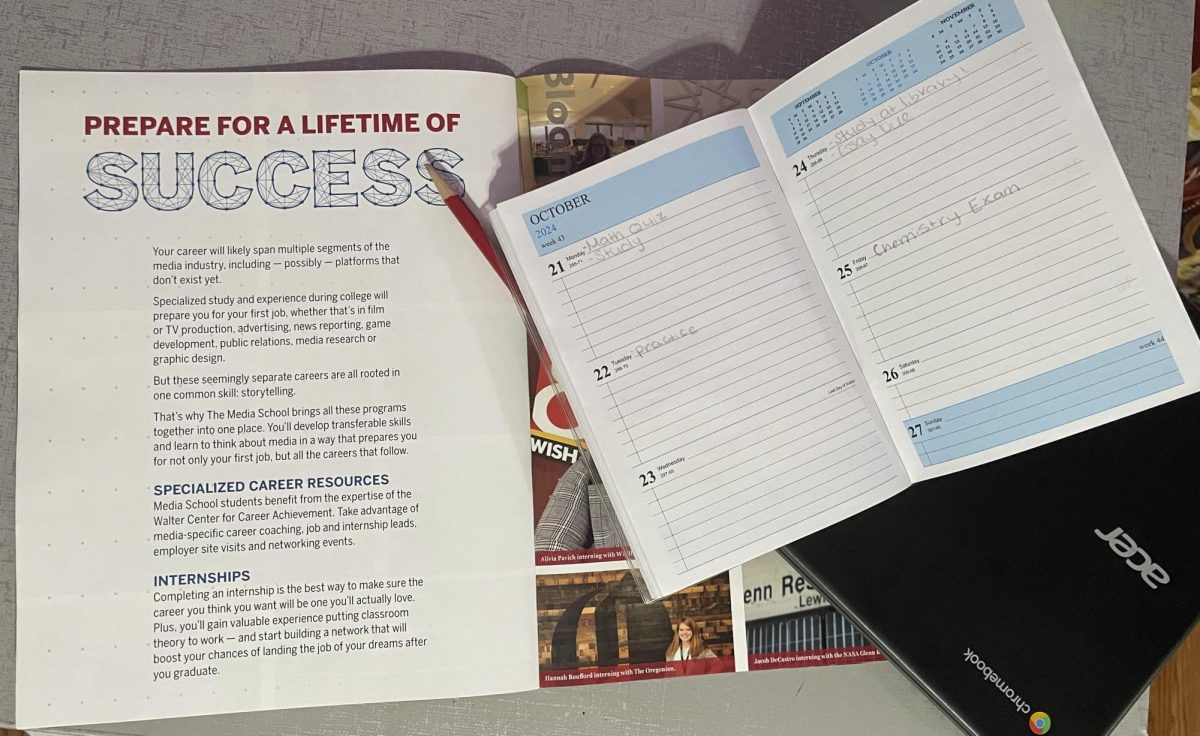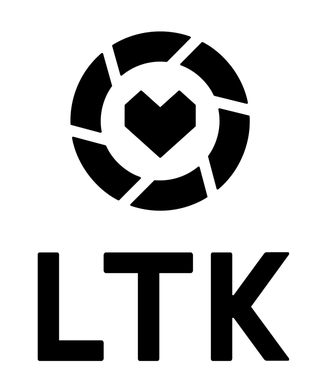Most of us have been scrolling on social media and have come across some website prompting us to create our own art, quickly, without much thought, to be proud of something you created that looks good. However, have you ever wondered how it’s developed or the effects of it?
A list of names used by Midjourney, a computer program that is used to develop artificial art, was released to the public containing thousands of artists whose art had been being used to develop AI art, completely unknown to them. There was a court case last year and the US Copyright Board did end up coming to the decision because it was just taken and could not be copyrighted.
Now here is where things get interesting. Consider the people in your social circle who practice creating art as a hobby or a career, people who have likely spent large amounts of time developing their skills.
“I feel that AI ‘art’ is devaluing of actual artists work, as it steals and heavily references pieces it can find within databases of various kinds- and if it must be used it should only be used as a reference to create something new,” eighteen year old Moss Atwood, a NAHS graduate and art influencer, said. “It is likely very disheartening to watch someone create something that people will admire within seconds that takes an artist vast amounts of time to create.”
That’s just the emotional side of the issue, the economic side is slightly more controversial. The art field leads into many jobs, and a bunch of them could hypothetically disappear due to AI art being a faster and cheaper alternative. Jobs like graphic designers for companies, animators, illustrators could potentially be replaced if companies decide that something being created by a human isn’t worth their money.
“It has also become an issue for professional artists whose style is essentially being stolen by AI, and then these artists aren’t getting jobs because companies are opting to use AI due to the cost differential,” art teacher Sarah Collins said.
From the perspective of majority companies, why wouldn’t they opt to use AI art? The quality is good, and again it gets the job that they need done quicker and cheaper. Unless there’s something to art created by people, does AI generated art still contain that emotional aspect of art that many art pieces have?
“I believe AI ‘art” can mimic emotion, but there’s always something intensely lifeless about the pieces it creates. Something that lacks thought and soul that only humans can capture,” Atwood said.
Switching back to the released list of artists begs the question of those names, who for the most part are not limited to several famous names that many would probably recognize (Frida Kahlo, Picasso, Walt Disney) as well as several artists who are not well known. Considering the amount of public art accounts there are, when AI is told to find image references what are the odds it takes those creations for developing AI art?
When asked if they believe that the released list was all of the included artists that AI uses Atwood says, “Absolutely not. There are databases AI ‘art” programs use that span the whole web. There are surly artists that have been scrounged by AI programs that haven’t been identified or credited.”
Keep in mind that many artists do see value in AI art programs while acknowledging the cons in it.
“I believe AI used for elements of art is fine like using it to predict what the next frame needs to look like in animation, but using entirely AI for anything doesn’t feel right,” an anonymous artist said.


